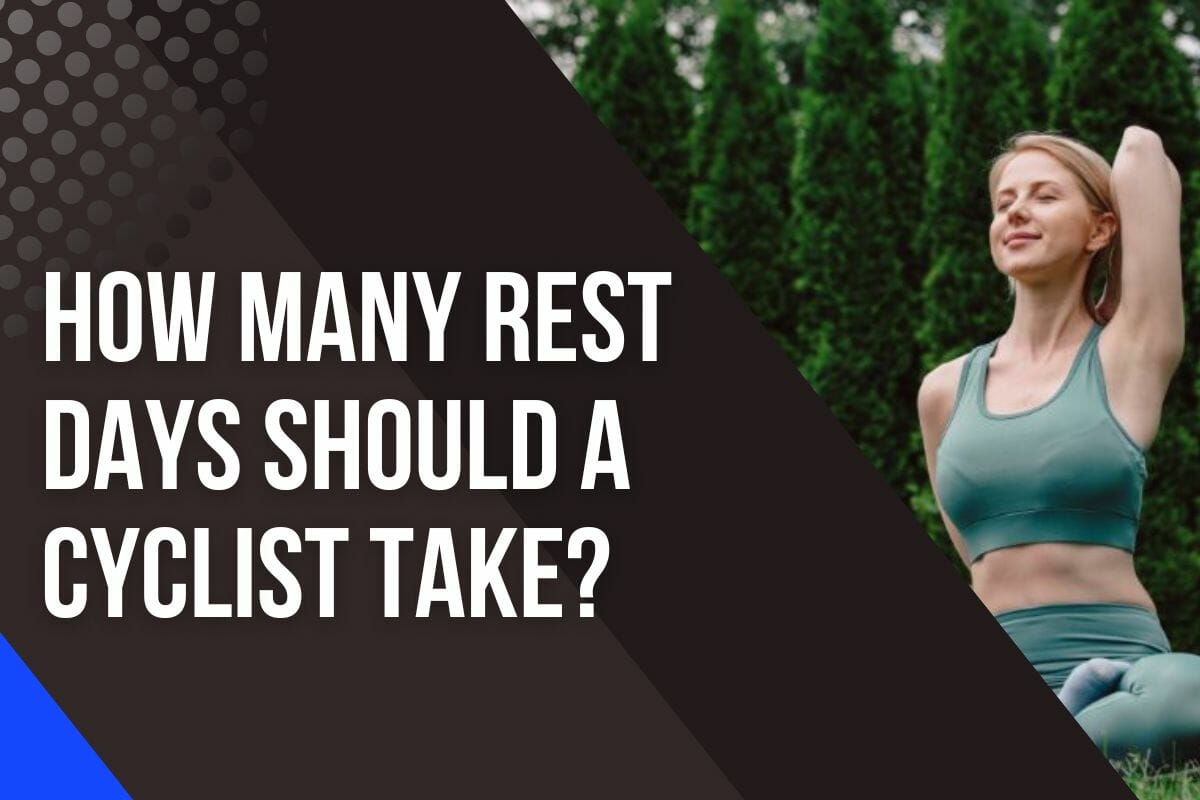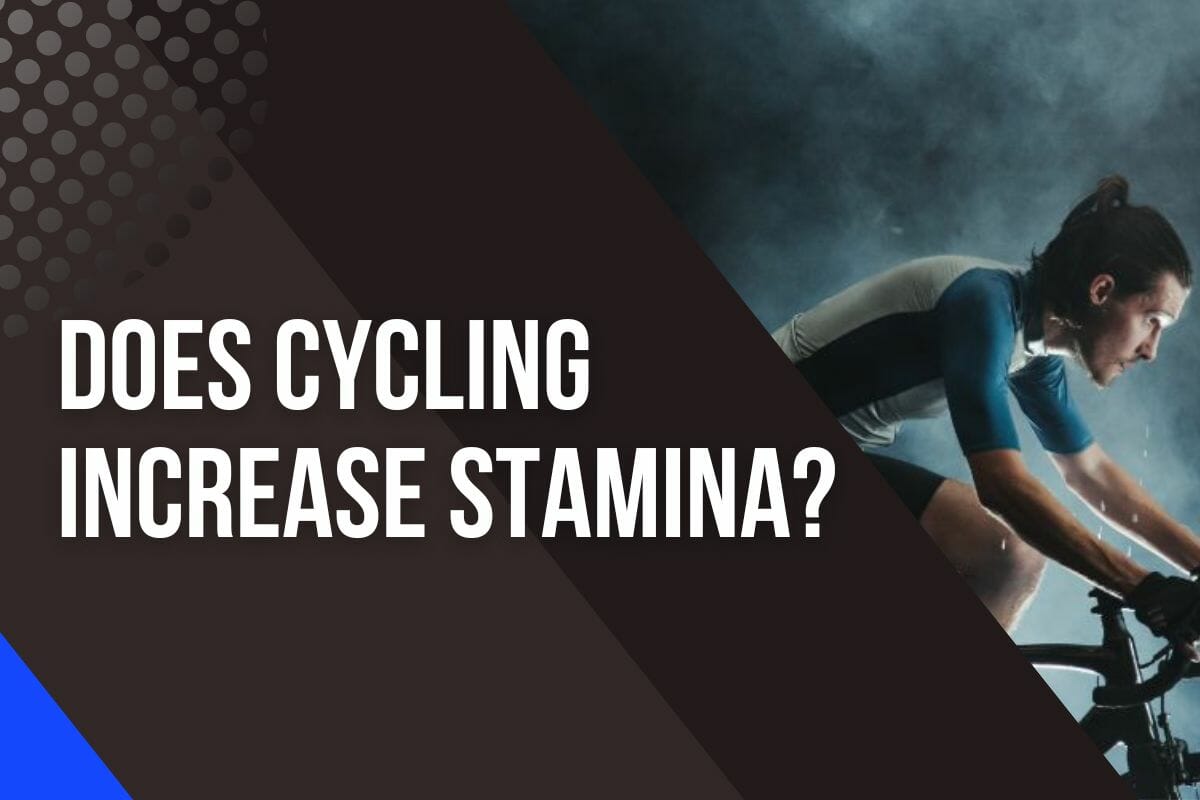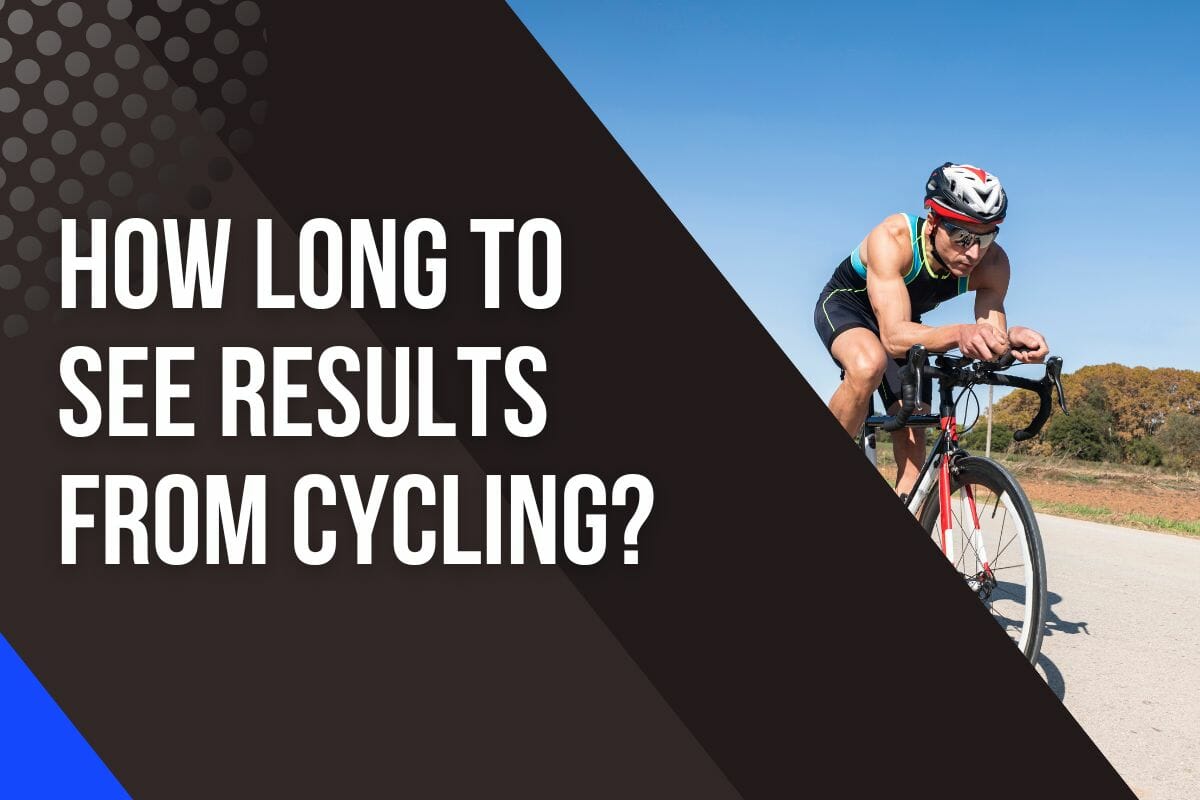How To Increase Cycling Power: Tips & Exercises To Boost Your Watts
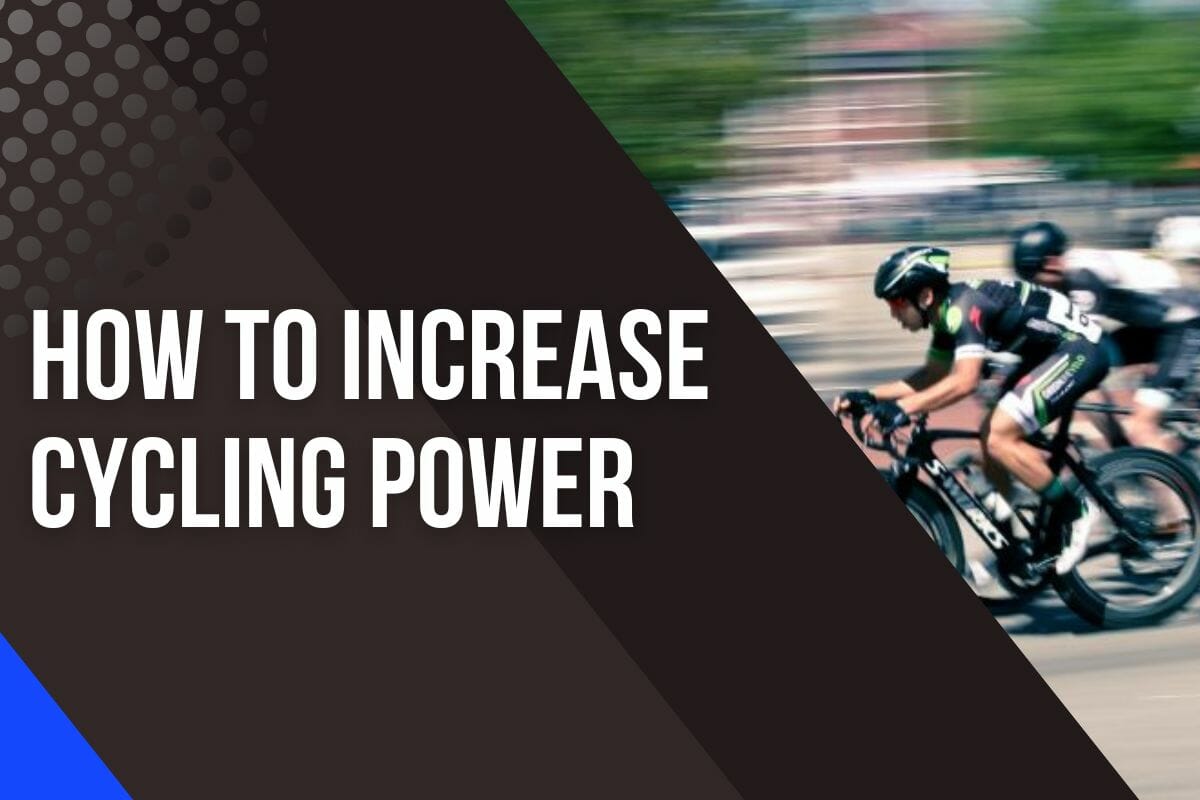
Are you looking to increase your wattage on the bike? Well then, you have come to the right place.
Increasing your cycling power can help you become a faster cyclist and achieve greater success in races or time trials.
It’s not a simple task, however, and requires dedication and commitment.
In this article, we’ll look at what cycling power is as well as five simple ways you can increase it.
We’ll also explore six exercises that will help boost your cycling power so you can achieve peak performance on the bike.
So get those pedals spinning, my friends – let’s take a deep dive into becoming stronger cyclists together!
The Basics: What Is Cycling Power?
Cycling power is the measure of your energy output during cycling, commonly measured in watts.
The faster speeds and greater endurance you exert, the more power you generate.
Power meters are essential tools for measuring power output and improving performance; they give you direct feedback on your physical efforts so that you can be precise about how hard you’re pushing yourself.
Increasing your watts requires dedication and commitment as well as training with a heart rate monitor and using power meters to measure progress.
Cyclists’ Average Wattage
As a cyclist, I’m often asked what is a good average watt for cycling.
The answer will depend on the type of ride you are doing and your current level of fitness.
For recreational riders and amateur cyclists, an output of around 80 to 150 watts is considered good.
However, when it comes to competitive riding, the average wattage increases significantly and professional cyclists typically generate between 200 and 400 watts during races.
Elite cyclists produce 50% more power than untrained cyclists on average.
The key to increasing your watts as a cyclist lies in improving your aerobic fitness, training with power, and building up your anaerobic capacity.
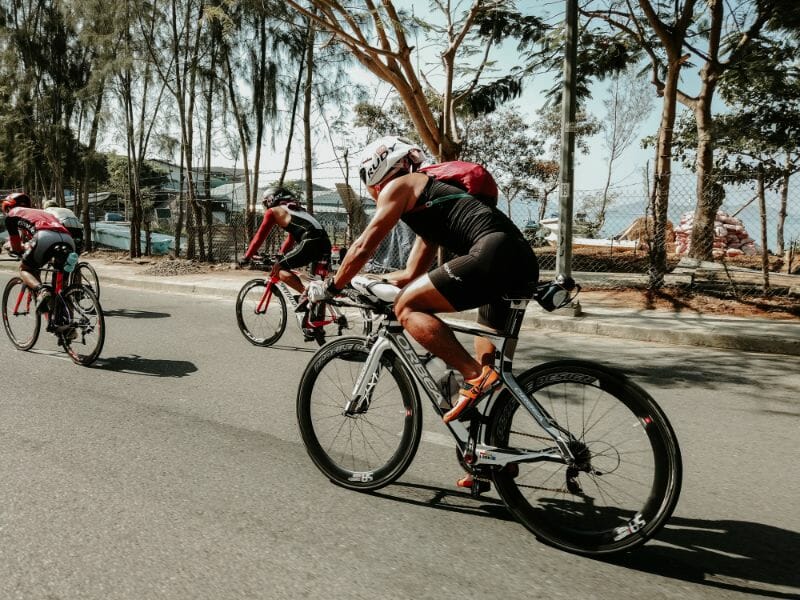
When your power increases while your heart rate lowers, you know that your performance and fitness level improves.
It’s important to remember that there is no one size fits all when it comes to watts and power output as each person will vary based on their own body weight, current fitness level, and other factors.
The best way to reach your goals and become a faster cyclist is through consistent training with power meters and heart rate monitors that measure your progress over time.
Understanding FTP In Cycling
Now that we have discussed what a good average watt for cycling is, let’s take it up a notch and talk about FTP or Functional Threshold Power.
FTP is the highest amount of power you can sustain continuously for 1 hour, measured in watts.
It’s a great tool for measuring performance as it gives you real-time feedback on your power output and allows you to pace yourself better than just relying on your heart rate.
Knowing your FTP helps you avoid over or under-training and serves as the foundation for improving power and performance.
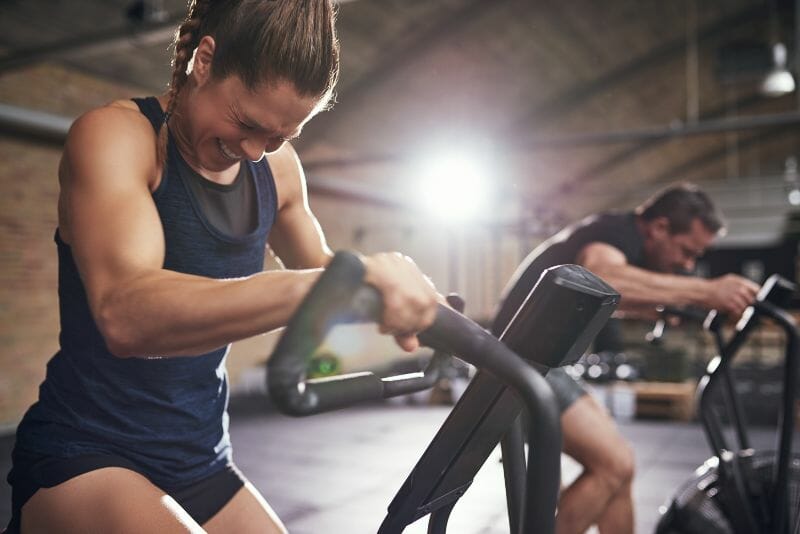
It will also help you plan out future rides, races, and training sessions more effectively as this number gives you an indication of how to best use your body’s resources.
When monitoring your training, supplement heart rate data with FTP.
Heart rate serves as an important indicator for possible concerns or the necessity for rest.
If your power is increasing while your heart rate is decreasing, it’s a sign that your performance is improving.
Measuring Your Cycling Power
I’m always looking for ways to measure my cycling power and performance in order to gain an edge over the competition.
And that’s when the power meter becomes useful.
Power meters can accurately detect and measure the force applied as you pedal since it calculates the torque and speed in order to get an exact figure.
It then multiplies the torque by speed to get watts (power).
Power = Force x Speed
This gives me immediate feedback on my output and allows me to adjust my pacing if needed.
When using a power meter to assess your cycling power, it’s important to remember that FTP looks into how much power you can keep up for an hour.
A great way to kick off is to determine a baseline FTP, either by doing a 20-minute or 60-minute time trial.
This will help you analyze the amount of power you can put into pedaling and give you an understanding of how fit your muscles and your training level are.
Simple And Easy Strategies To Increase Cycling Power
Increasing cycling power is the ultimate goal for every avid cyclist, including me.
And the good news is, it’s an attainable goal for anyone willing to put in the effort.
After countless hours of training and experimenting with different strategies, I’ve come up with five simple ways to increase cycling power.
By following these tips, even amateur cyclists can make significant gains in their cycling performance over time.
With consistent effort and dedication, it’s possible to unlock the same kind of elite-level ability that professional cyclists possess.
1. Use Larger Gears For Increased Cycling Power
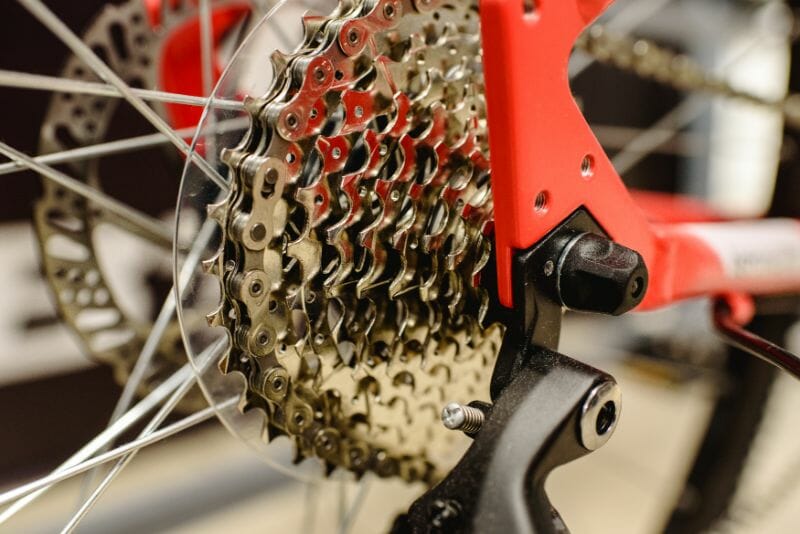
Unbelievably, there is a simple way to increase your cycling power: ride in bigger gears.
This approach is effective because if you maintain the same pedaling rate (same cadence) with larger gears, you’ll be able to generate more power.
It’s an easy way to improve your performance.
Here’s how you do it:
- Choose your favorite cycling track and use a bigger gear than you normally ride in. Ride for 3 minutes at the same cadence with this gear.
- For the next ride, use the same gear and cadence and increase the duration to 4 minutes.
- Keep increasing the duration gradually for your next ride (5 minutes, 6 minutes, etc) at the same cadence and gear until you can finish the entire track.
- Once you’re able to finish the entire track with the higher gear at the same cadence, you know that your cycling power has increased!
2. Building Muscular Endurance For Riding Uphill
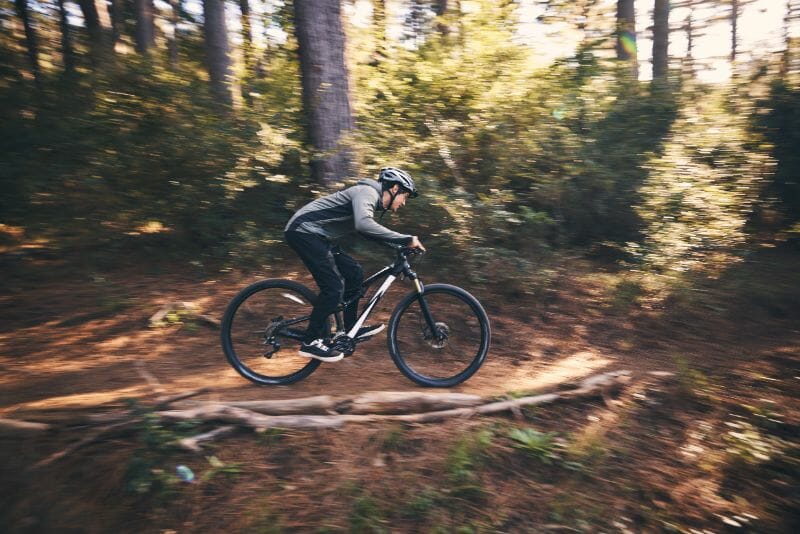
Another way to increase cycling power is to add some uphill riding to your routine.
Uphill riding can help you increase your wattage, but it’s also an effective way to build muscular endurance.
That means you can pedal a larger gear for longer stretches of time, all at a moderate speed. Doing this repeatedly can help you become a stronger, more effective cyclist.
Here’s how I usually do it:
- I start by doing hilly rides and picking my distance. Let’s say 2,000 feet. Try to finish this distance in a single outing.
- If I fail, I will reduce the distance.
- Once I’m able to climb the distance you set initially in a single go, I will slowly add more distance to 2,500 feet, 3,000 feet, etc.
- I also combine my routine with high-intensity sprint intervals up steep hills lasting between 60 and 90 seconds. Aim for 10 to 12 reps and take some rest during the downhill ride to recover.
Both of these strategies have helped me increase my watts and become a faster cyclist.
When you ride uphill, focus on keeping a consistent cadence with each pedal stroke.
This means that each turn of the pedals should take around one second or less, no matter how steep the climb may be.
3. Pedaling Against Headwinds To Improve Performance
‘Rome wasn’t built in a day,’ and neither is cycling power.
Increasing watts takes dedication, patience, and a willingness to push beyond what your body wants you to do.
If you don’t live in mountainous or hilly areas, then uphill riding is probably not an option for you.
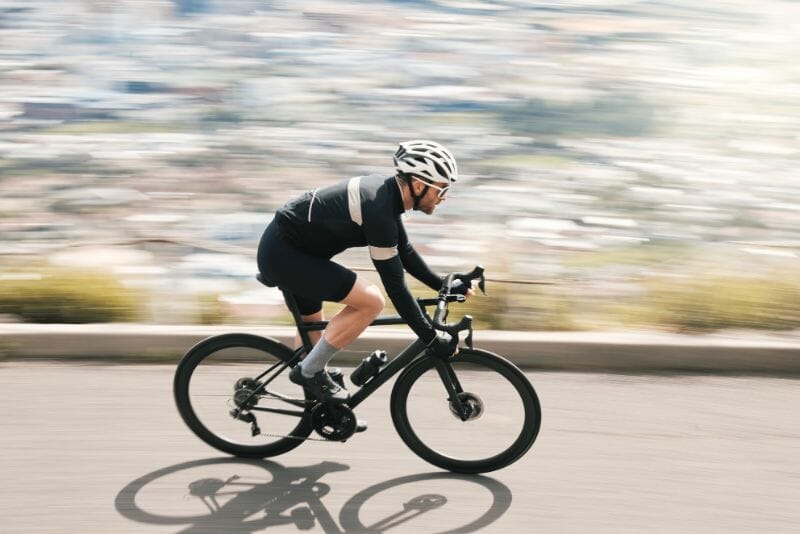
But fear not. Riding into the wind is as just effective and one of my favorite ways to increase watts cycling.
It’s a great way to boost power output and aerobic fitness while also providing an excellent mental challenge.
To do this, I wait for windy days with consistent periods of headwinds, tailwinds and crosswinds in order to maximize the benefits.
When I’m riding into a headwind, I focus on accelerating as much as possible to push past the wind resistance with a bigger gear at around 90 rpm.
Maintain it for the duration of the headwind and recover when you have a tailwind and crosswind.
This helps me get closer to my functional threshold power (FTP), which is the maximum average power you can sustain for an hour or more.
Riding outdoors means embracing whatever nature throws at us so don’t be discouraged when it feels like an uphill battle against strong winds.
Use this as motivation to reach higher levels of cycling performance as conquering those headwinds brings great satisfaction.
4. Incorporate Blocks Training To Enhance Strength
Riding into headwinds can be a grueling exercise, but it’s also an essential part of becoming a stronger cyclist.
To build on the progress made from riding against the wind, you should also consider adding block training to the mix.
It involves a series of intense workouts followed by days of rest and recovery.
For instance, a five-day training cycle could start with an endurance ride or tempo interval on the 1st day, an interval or hill session on the 2nd day, then a break on the 3rd day, an easy ride on the 4th day, and finish with an endurance ride on the 5th day.
You can also add weight training or gym exercises to the mix as well.
By pushing your body to the brink for a few days and then allowing it to recover, you can help your body adjust and become more powerful.
I have used this type of training as part of my program to increase cycling power, and I’ve seen great results.
It requires dedication and hard work, but the payoffs are worth it.
My leg strength, anaerobic capacity, maximum power output, and overall performance have all improved significantly since incorporating block training into my routine.
If you’re looking for a way to become a faster cyclist, I highly recommend giving this type of intense interval workout a try.
5. Follow The 75% Rule For Effective Training
I have always been an active cyclist, but it wasn’t until I started following the 75-percent rule that I began to see real improvements in my performance.
This training principle states that 75 percent of your weekly miles should be done at or below 75 percent of your maximum heart rate.
For me, this meant cutting back on my high-intensity interval workouts and focusing more on endurance rides in Zones 1 and 2.
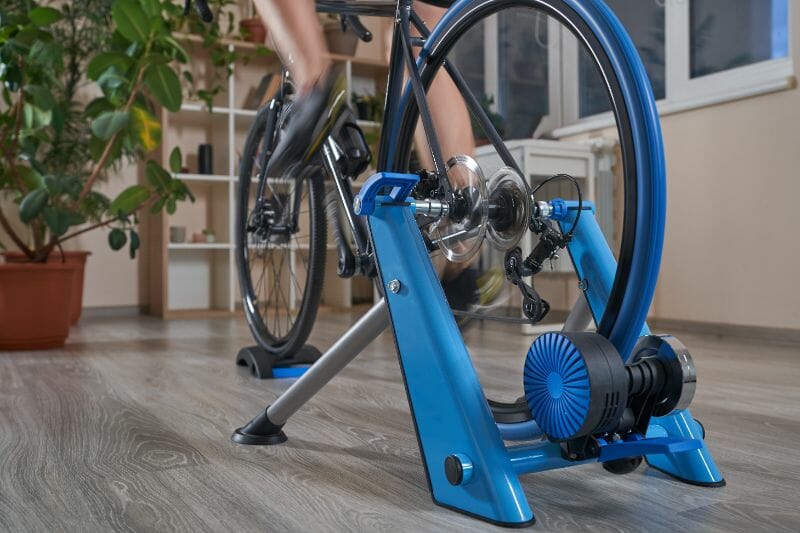
This means staying just below the lactate threshold and finding a balance between aerobic capacity development and anaerobic energy production.
How about the other 25 percent? Just like Pareto Principle, the rest 25 percent is where you get the most result.
Make sure that 10% of your weekly mileage consists of really tough riding. This means riding at 90-100% of your maximum heart rate (Zone 5), 105% of your lactate threshold heart rate, and 106-150% of your functional threshold power.
By doing this, you can improve your physiology – a little bit of hard work and a good recovery plan will make a big difference.
Exercises You Can Do Today To Boost Cycling Power
Now it’s time to take things up a notch and increase cycling power with targeted exercises that will make you an even better rider.
Achieving more cycling power boils down to strengthening both the power and recovery phase of your pedal stroke.

It is essential to focus on each phase so that you can maximize the efficiency of your cycling performance.
The right side of the clock, from 12 to 6, is considered the power phase, when you push down on the pedal in order to propel you forward.
And when your feet come back up towards 6 o’clock, that is known as the recovery phase–it’s when you pull up on this second phase of the pedal stroke.
To improve both phases of your pedal stroke effectively, certain exercises specific to cycling power ought to be practiced.
Having at least two weight-training workouts per week can provide great results. Even just one session a week can be enough to keep up the strength gains you’ve already achieved.
And don’t worry to get bulky because studies show it’s unlikely to happen.
Below, I explain in more detail some exercises including:
- Rear foot elevated split squat
- Renegade row
- Single-leg Romanian deadlift
- Dead bug
- Single-leg hamstring curl
- Hip flexion drill
Rear Foot Elevated Split Squat
I have been using this technique as part of my strength training routine to increase cycling power.
This exercise is great for cyclists because it helps to build strength and stability in the quads and glutes, all of which are used when riding a bicycle.
You begin by standing with your feet hip-width apart.
You can use dumbbells at the sides, with one dumbbell in the opposite hand of the forward leg, or with a dumbbell held up to the chest (goblet squat variation).
Then shift into a split stance, with one foot elevated on a bench or chair.
To really activate your core muscles, pull your belly button in towards your spine before bending both knees to lower into a lunge.
As you stand back up, make sure to maintain a slight forward lean and press down evenly through both feet.
Maintain an upright posture, keep weight forward on the front leg, ensure the knee is over the ankle, and drive up through the heel of the front foot.
Do 3-5 sets of 4-8 reps on each leg for strength building.
Renegade Row
The renegade row is a great exercise for cyclists because it helps build muscular strength and stability in the upper body and core—all of which are essential for efficient cycling performance.
This exercise is also a great way to increase your watts cycling power and works both your arms and core muscles for climbing.
To do this exercise, start by getting into a push-up position with two dumbbells placed just outside of each shoulder.
Start with a wider stance for stability.
Pull the dumbbell to the side of the hip, retract the shoulder, and focus on the back and lower hip.
Hold for a few seconds before lowering the backdown and repeating on the other side.
As you get stronger with this movement try increasing weight or doing slower reps for greater intensity.
This exercise will help train those all-important stabilizing muscles in order to improve overall performance during cycling sessions, allowing you to produce more wattage when sprinting or climbing hills.
So, add these renegade rows into your workout routine today and feel an immediate improvement in your riding power output!
Single-Leg Romanian Deadlift
This exercise will help you build strength and balance in the glutes and hamstring muscles that drive watts a.k.a power on the bike and improve balance.
To start, stand with feet shoulder-width apart and hold a weight in each hand. Slightly bend one knee and lift that foot off the floor.
Engage your core as you lean your hips back, lowering your torso until it’s nearly parallel to the ground, while simultaneously lifting your back leg behind you.
Push through your grounded foot to stand back up, then repeat 8 times before switching legs and doing 8 more reps.
Be sure to keep your back flat throughout its entire range of motion.
It should be like a tabletop—not rounded or hunched at any point. And don’t forget to engage your core muscles as well.
This keeps you stable while allowing for maximum output from each rep.
There are 3 options to do this if stability is a challenge for you:
- Option 1: Use the floor, reach back with toes, maintain a flat back, and squeeze glutes at the top
- Option 2: Use a bench or box as a target, shift weight to the front leg, hinge at the hips
- Fun option: Add a row or use a bench as the target for aided form and technique
Don’t just focus on quads, work on glutes and hamstrings too!
Aim for 3 sets of 8 reps per leg side for starters.
Increase weight gradually as your comfort level increases, but never sacrifice proper form for more weight or higher repetitions.
That way lies the injury, not increased wattage on the bike.
So stay focused and enjoy watching those watts climb!
Dead Bug
The dead bug works by helping to build core strength, which is essential for all phases of cycling and also to prevent lower back pain.
It’s an exercise that strengthens the core muscles and adds stability, allowing you to pedal with more force and speed.
The key here is engaging all your muscle groups in unison for maximum efficiency.
To do this correctly, begin by lying flat on your back. Place your hands directly above your shoulders and bend both knees at 90-degree angles.
Then, contract your abdominal muscles as you press down into the floor while simultaneously lifting one arm and the opposite leg off the mat.
Make sure to keep your stomach contracted throughout the entire movement.
Avoid overextending the knee, maintain a comfortable pace, and keep your shoulders relaxed. Remember to breathe during the exercise.
Do 10-15 reps of each side before moving on to the next step.
Once you’ve mastered these basics, consider adding resistance bands to add intensity. \
Physio Ball Single-Leg Hamstring Curl
As a cyclist, having strong hamstrings and calves are essential for being able to produce more power and speed while pedaling, as well as being able to hold a strong position on the bike.
The physio ball hamstring curl is a great exercise that targets all three phases of hamstring strengthening – concentric, eccentric, and isometric.
This exercise is especially beneficial for cyclists as it helps prepare the hamstrings and calves strength for the recovery phase of the pedal stroke.
To do this exercise, you will need a stability ball.
First, start by lying face up with your arms down by the sides and your calves resting on top of the ball.
Then tuck your hips so your back is flat against the floor, squeezing your glutes at the same time.
From here you can extend one leg straight up off the ball and balance yourself with only one leg firmly planted against the ground.
From here you can do several reps of lifting and lowering your hips off the ground as far as you can go without losing form or balance before switching legs.
I recommend doing 12 reps and then switching legs for another 12 reps.
I’ve found this exercise to be incredibly helpful in building strength in my hamstrings and calves which helps me push more powerful strokes with each pedal during rides and races.
Hip Flexion Drill
Our hip flexors are incredibly important for our pedal stroke, as they help to raise our knees up.
The muscles on the front of our shin, known as the ankle flexors, assist us in the recovery phase of the pedal stroke by pulling up on the pedals.
This drill helps target these muscles.
To do this exercise, lie flat on your back with a mini band looped around the tops of your feet.
Then drive your left heel into the ground and pull up on the toes of your right foot as you drive your knee towards your chest like you’re marching.
Once you feel a good stretch in your quads and glutes, hold for a few seconds before returning to starting position and repeating with both legs.
It’s essential to strive for a 90-degree angle of hip flexion in order to effectively target the iliopsoas, a deep hip flexor muscle.
To get the most out of this exercise, it’s advisable to start off with a resistance band that fits your current strength level, and then gradually increase the level of difficulty as you progress.
Maintaining a flat lower back against the floor is vital for proper performance and improved effectiveness.
Perform 10 to 12 reps on one leg before switching to another.
Does Increasing Cycling Power Make You A Faster Cyclist?
Now that you know the ins and outs of cycling power and how to improve it.
But will all those hard work translate to a faster speed on the road?
The answer is yes!
Here is why increased power on your bike can help with race performance:
- Improved Efficiency – When your muscles become stronger, your body will become more efficient at using energy for pedaling. Thus, increasing your watts. This translates into less fatigue and faster speed especially when facing winds and uphills.
- Increased Strength – Higher wattage requires stronger muscles (not bigger), which helps boost overall performance. This is achieved by increasing the speed of muscle contractions.
In the end, increased cycling power leads to better overall results in races and endurance rides alike.
With greater strength, efficiency, and power output comes an improved ability to conquer any terrain thrown your way.
My Verdict
There are many ways to increase your cycling power and take your performance to the next level.
If you’re serious about increasing your wattage, follow the five tips I mentioned above and add exercises that target your quad, glutes, and calve’ muscles to your training regime.
Increasing your cycling power is a process that takes time and dedication.
By incorporating strength training, interval training, and proper nutrition into your routine, you can see significant improvements in your power output.
Remember to also listen to your body and give yourself adequate rest and recovery time.
With consistency and patience, you can achieve your cycling performance goals and become a stronger, more powerful rider.


